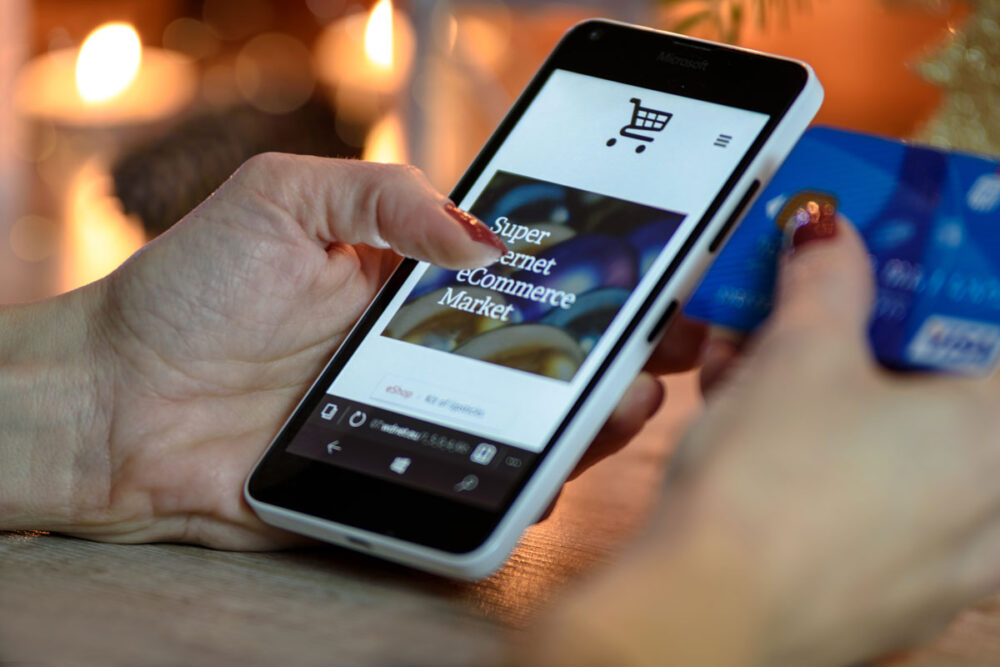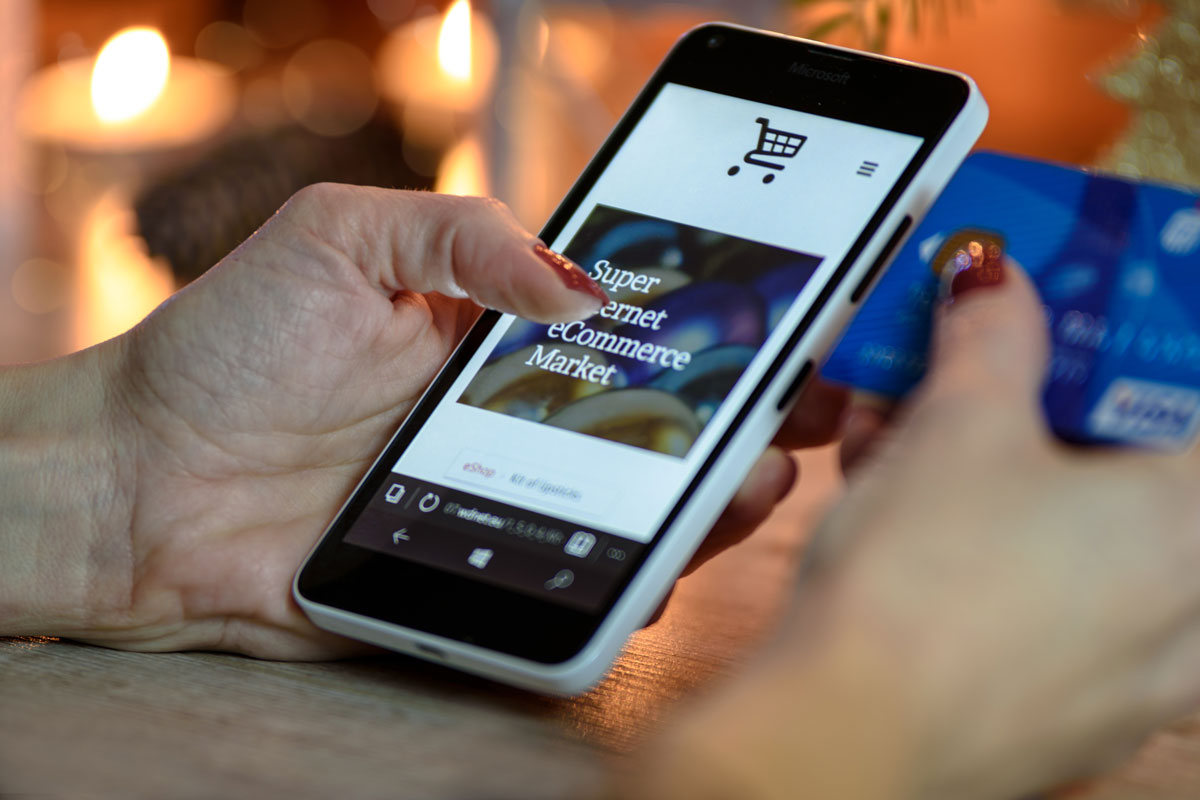You’ll find phrases like social commerce and sustainable shopping among the many trends in the retail industry now but could experiential retail prove to be the most important and enduring of all? This approach is now used in different ways but how does it work?

An Immersive and Memorable Experience
The defining factor in experiential retail is that the shopper feels immersed in the overall experience. This can be seen in examples of pop-ups that use augmented reality and virtual reality to create something special. Huda Beauty set up a sci-fi experience in Covent Garden to promote their Mercury Retrograde product launch. Ikea also made the headlines when they offered a group of social media contestants the chance to spend a night in one of their stores.




















